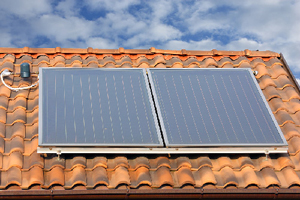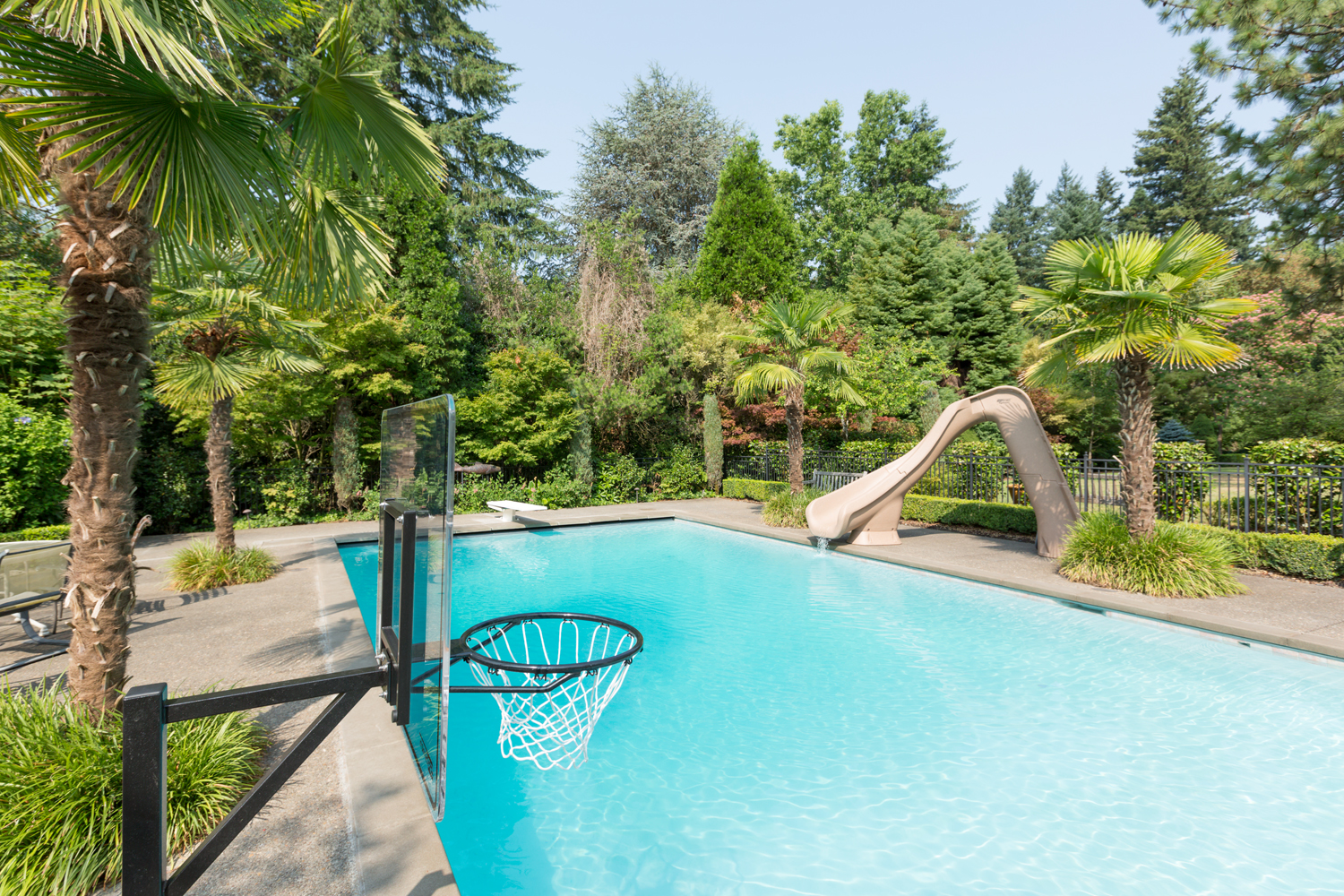Go green in your home and help reduce your impact on the world.

You can see the effect of climate change in our everyday life. The drought is getting worse, bushfires are more severe and the Great Barrier Reef is still recovering from the coral bleaching caused by unusually warm waters in 2002. The earth’s atmosphere is made up of a delicate blanket of gases that trap the sun’s rays. They heat the earth and basically make it possible for life on our planet. This is called the Greenhouse Effect.
The amount of carbon dioxide we are producing is damaging the blanket of greenhouse gases and increasing global temperatures. United Nations scientists on the Intergovernmental Panel on Climate Change have found new and stronger evidence that most of the observed global warming over the past 50 years is due to human activities.
This is bad news, but we can act on it if we do it together.
Did you know that if you use traditional electricity made from fossil fuel, your home is producing, on average, more than eight tonnes of greenhouse gas polluting carbon dioxide a year? Water heaters alone use 40 per cent of your household energy. If every house switched to Green Power, we would cut Australia’s greenhouse gas emissions by about one fifth.
Green Power is renewable energy. This means it comes from sources that can’t disappear such as organic materials, flowing water, wind and sun. Solar power is Australia’s largest energy resource with the amount falling on our country being more than 15,000 times what we use; but it’s not available on cloudy days or at night. Wind energy is a different type of solar energy that comes from the movement of air resulting from thermal gradients and the earth’s rotation. Hydro power is made by harnessing the energy produced when a mass of water falls from height to a lower level. There is also wave and tidal power but in Australia we need to be careful how we use our water. Biomass energy isn’t a particularly pleasant sounding form of energy production because it comes from sources such as sewage, compressed household waste or methane gas from landfill. It does have benefits of recycling our waste and it’s a method already used in other developed countries.
Using renewable energy will give you a reliable electricity service. The electricity produced is put into the grid or pool that services your house. Green power will cost you about one to two cents extra per kilowatt because it’s still not widely used. This means a rise of $5 to $10 for your household bill, but in some electricity markets it can actually cost you less because of the incentives or subsidies offered. Most renewable resources don’t have any fuel costs so even if you aren’t offered benefits, it could be better in the long run because of rising fuel prices.
A little bit goes a long way:
• Instead of pouring old cooking oil down the drain, pour it into a jar or sturdy plastic bottle instead. Make sure you put the lid on tightly and then throw it in your rubbish bin.
• Instead of dumping your old belongings on the roadside for council clean-up, become an e-cycler and sell it on eBay. There are around 147 million eBay members and over 50,000 item categories.
• Recycle your old mobile phone and accessories. It’s free of charge and makes sure the potentially toxic components don’t end up in landfill. To locate your nearest participating retailer, visit the AMTA website at www.phonerecycling.com.au or call 1300 730 070.
• When it’s time to update your smoke detectors, take the old ones back to the place you bought them (they should be marked with supplier return details). They contain radioactive materials and can’t be thrown out with your normal rubbish. You can also return them to the Department of Health’s Radiation Department in your state.
For more information visit:
www.deus.nsw.gov.au
www.greenpeace.com.au
www.greenpower.com.au

